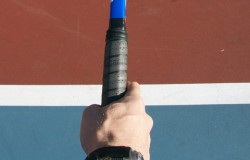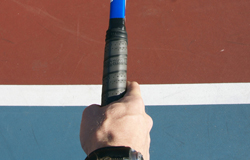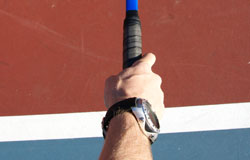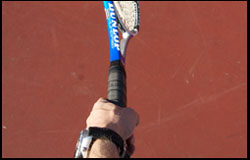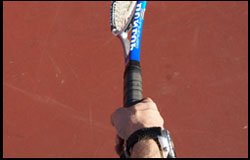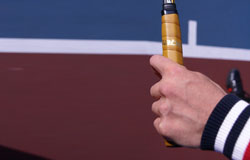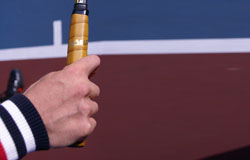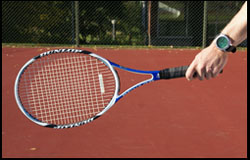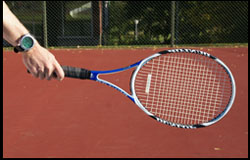FOREHAND
WESTERN GRIP
The Western Forehand Grip, it´s an extreme grip. The most natural swing pattern with a Western grip is sharply upward and very fast, which explains why most Western hitters generate heavy topspin. The Western grip handles high balls much better than low ones. Clay-court specialists and players who hit with heavy topspin favor this grip.
Advantages
- easy to put heavy topspin on the ball
- easy to handle high balls
- shot will usually have a high and explosive bounce, pushing your opponent behind the baseline
- the ability to handle high balls is what makes this grip so popular with clay-courters and juniors
Disadvantages
-hard to handle low balls
- limitation to hit powerful winners
- you need tremendous racquet-head speed and wrist strength to generate adequate pace and spin.
If not, your shots will land short and your opponents can attack them.
Pros Playing the western forehand grip:
During the 90th and beginning of year 2000 several players used the western forehand grip but noadays it´s not that many, especially on the ATP-tour.
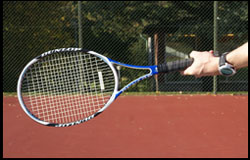 |
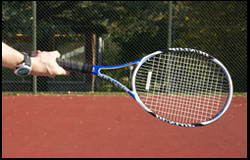 |


